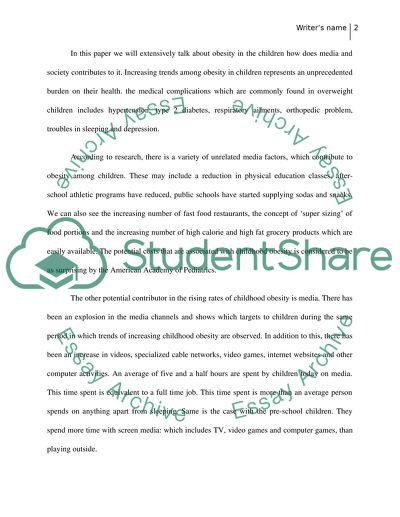Cite this document
(“Obesity and How the Media and Society Play a Major Role Research Paper”, n.d.)
Retrieved from https://studentshare.org/english/1400769-obesity-and-how-the-media-and-society-play-a-major
Retrieved from https://studentshare.org/english/1400769-obesity-and-how-the-media-and-society-play-a-major
(Obesity and How the Media and Society Play a Major Role Research Paper)
https://studentshare.org/english/1400769-obesity-and-how-the-media-and-society-play-a-major.
https://studentshare.org/english/1400769-obesity-and-how-the-media-and-society-play-a-major.
“Obesity and How the Media and Society Play a Major Role Research Paper”, n.d. https://studentshare.org/english/1400769-obesity-and-how-the-media-and-society-play-a-major.


